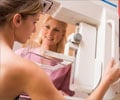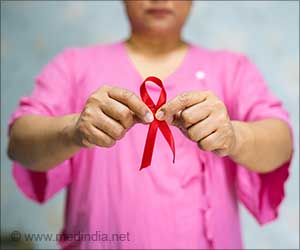Based on a measure of breast density, the researchers at the University of California, San Francisco developed a new model that will help to assess and analyze the breast cancer.
Based on a measure of breast density, the researchers at the University of California, San Francisco developed a new model that will help to assess and analyze the breast cancer.
Breast density is the strongest risk factor after age for developing breast cancer,” said Dr Jeffrey Tice, lead author and assistant professor in the Department of General Internal Medicine at UCSF.
“Unfortunately, there is no model currently available to clinicians for assessing breast cancer risk that includes this important risk factor.
“The model we have created could be a useful tool to improve breast cancer screening and prevention efforts and to help women better understand the magnitude of risk," he added.
The team led by Tice and the University of Washington designed a new model that predicted incidence of invasive breast cancer by using breast density, age and ethnicity.
“Breast density classification in women, assessed during screening mammography, is already part of a routine clinical practice. Our goal was to develop a simple and useful model incorporating this data which estimated a woman’s risk for invasive breast cancer in multiple ethnic groups,” said Tice.
The research team used data from more than one million women who visited screening mammography sites across the United States between 1996 and 2003.
Advertisement
“We found that a model that incorporates mammographic breast density can estimate a woman’s risk for invasive breast cancer and is convenient enough that it could be incorporated into routine breast cancer screening,” said Tice.
When the researchers compared their model to the currently used Gail model, they found that Gail was poorly calibrated and underestimated the number of breast cancers by 12 percent.
However, Tice warns that this is not the definitive model for breast cancer risk assessment and it is unlikely a single model would be able to address all needs in breast cancer risk assessment.
The findings appear in The Annals of Internal Medicine.
Source-ANI
SUN/L











